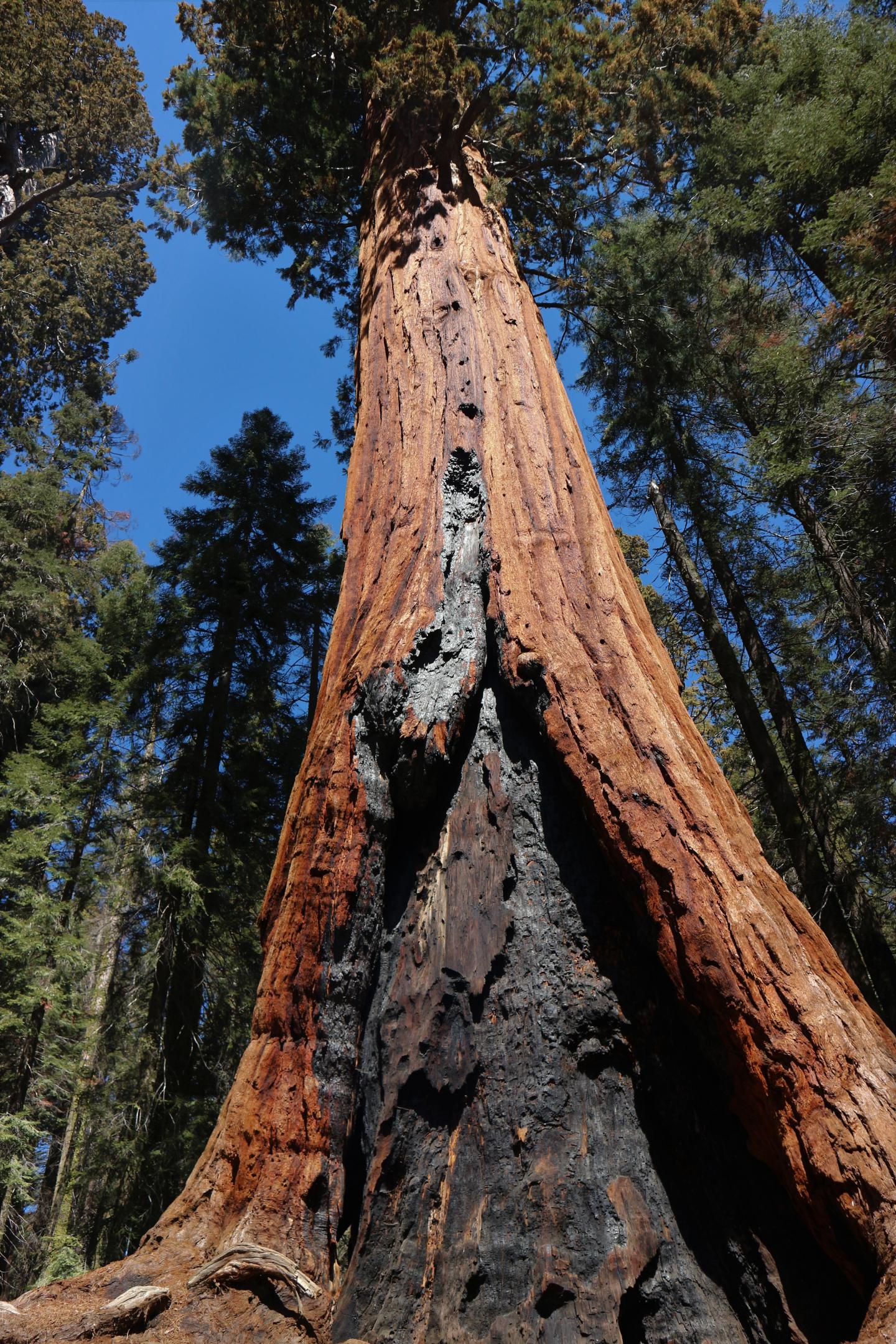
Credit: Laura Schreuder
Little is currently known about how early humans first used fire. That will now change thanks to a new proxy, a measurable substance that can be used to demonstrate forest fires in a distant past. The proxy is the organic substance levoglucosan, a sugar molecule produced during the combustion of vegetation and present in ocean and lake sediments. PhD student Laura Schreuder carried out her research at the Royal Netherlands Institute for Sea Research (NIOZ). On 27 May, she will defend her doctoral thesis on the subject at Utrecht University.
With the help of this new proxy, Schreuder developed a complete time series, which goes back almost 200,000 years and concurs exactly with an important period in the northward migration of Homo sapiens on the African continent. Within this period, clear peaks could be shown in the quantity of levoglucosan, and therefore the intensity of forest fires in West Africa to the south of the Sahara.
Schreuder: ‘Two peaks in the period between 60,000 and 50,000 years ago are striking: they concur with the inhabitation of West Africa by Homo sapiens and with a denser growth of trees and bushes (vascular plants). This luscious growth meant more favourable living conditions for humans and a greater availability of fuel. A peak in levoglucosan reveals that humans possibly used fire.’
‘For example, we observe no peak in levoglucosan in the period between 130,000 and 100,000 years ago, whereas during that period, humans probably lived here too. From this, we conclude that fire was probably not yet important for humans in that period.’
Forest fires in the distant past
Much is already known about the intensity of forest fires in prehistory. However, the knowledge collected by archaeologists does not usually cover a period of more than a few thousand years for West Africa (more is known about East Africa). Suitable geochemical biomarkers were still missing for the long term. Levoglucosan has now given scientists a better tool to map prehistoric forest fires.
The time series of 192,000 years presented by Schreuder is based on an accurate analysis of a drill core from the coast of Guinea. Besides the stated peaks between 60,000 and 50,000 years ago, there was a peak in the deposition of levoglucosan 80,000 years ago. However, according to Schreuder, this is not relevant because there was a general increase in sedimentation rate at that time: in that period, a lot of material was deposited on the seafloor in a relatively short time, which means lots of levoglucosan too.
Inspiration from particulate matter measurements
Levoglucosan (1,6-anhydro-D-glucose) is a sugar molecule produced during the incomplete combustion of trees and plants. It is used in measurements of atmospheric particulate matter, for example to determine the influence of wood burners on air quality. As a component of particulate matter, it can be transported over hundreds or even thousands of kilometres and can therefore end up in oceans and lakes, where it sinks. Over millions of years, the ocean and lake sediment petrify; for geologists, the drill cores form a rich archive, and that now includes prehistoric forest fires too.
Degradation on the seafloor
Schroder discovered that hardly any degradation occurs during the long-distance transport of levoglucosan through the atmosphere and via the water column. However, on the seafloor at the sediment-water boundary, the substance does break down, and that disrupts the signal. ‘We established that the rate at which the sugar molecules are deposited on the seafloor (accumulation rate) is a particularly accurate measure of the deposition of levoglucosan, and with that, of forest fires’, Schreuder explains.
Measurement method improved
Schreuder also compared vegetation changes with changes in vegetation fires. She used information that originated from long-chain n-alkanes to find out more about vegetation changes on the African continent. These molecules, which just like levoglucosan are transported over large distances, are important “vegetation proxies”: biomarkers of the vegetation type on the continent that reveal whether the growth was mainly in the form of forests and bushes (vascular plants) or savannas with grasses. The analysis of other drill cores taken in Poland and Australia made it possible to compare several proxies: besides levoglucosan and the previously mentioned alkanes, charcoal and pollen were added to the comparison. Furthermore, the measurement methods were improved so that small quantities of levoglucosan present in sediment samples can now be measured.
###
Media Contact
Henriette de Waal
[email protected]
Original Source
https:/




